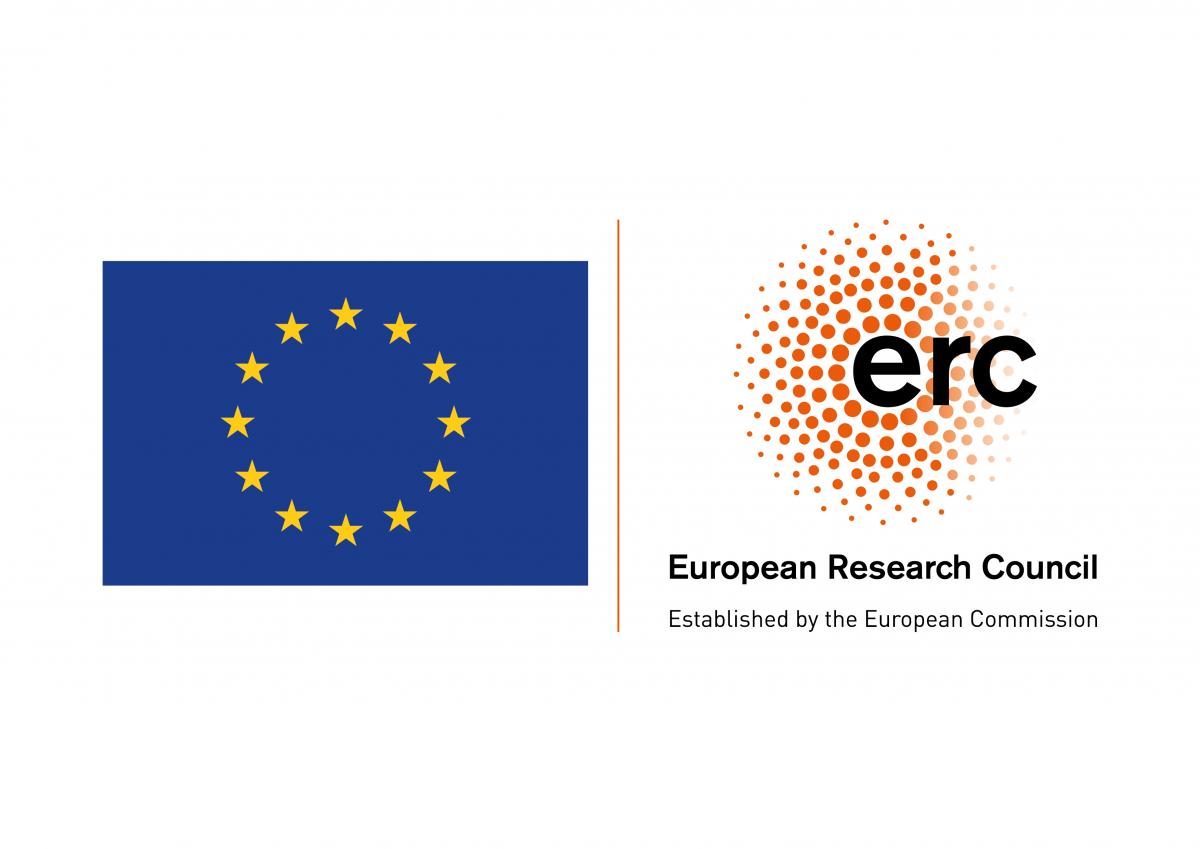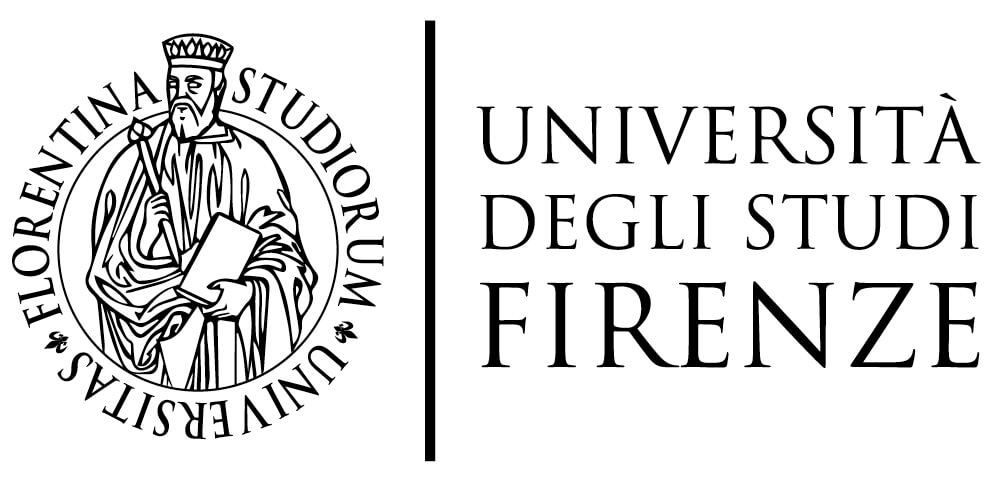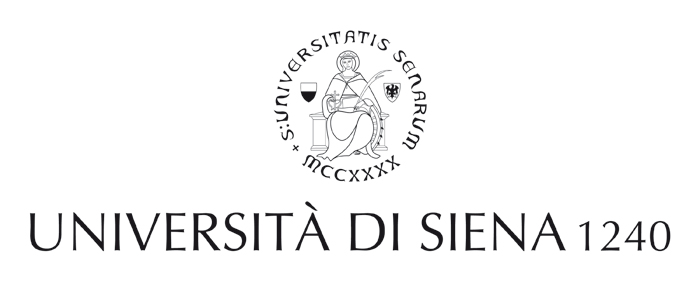Archaeology
Area 1 - The Lateran quarter: elite residences, the Castra Nova and the Constantinian Basilica
Over 10 hectares wide, Area 1 is defined by the Aurelian Wall to the South and the Lateran Square to the North, and by via dei Laterani to the West and Porta Asinaria to the East. It is mainly, but not exclusively, extraterritorial, as the complex of the Lateran Basilica, Baptistery, the Pontifical Lateran University, the Pontificio Seminario Romano Maggiore and the Lateran Palace belong to the Vatican State.
Area 2 - Elite residences and the Ospedale di San Giovanni
Area 2 is almost 7 hectares wide and marks the westernmost border of Rome Transformed research area. It is mainly but not exclusively part of the property of the modern Azienda Ospedaliera San Giovanni Addolorata and is defined by the presence of lavish Roman elite properties, located between Via Merulana, via Santo Stefano Rotondo and via dell’Amba Aradam.
Area 3 - The Sessorian Palace
Almost 20 hectares wide, Area 3 marks the easternmost part and the second major pole of the Rome Transformed research area. It is mainly defined by the church of Santa Croce and by the presence of buildings that originally belonged to an imperial suburban property developed from the Severan period onwards.
Area 4 - Villa Wolkonsky and the necropolis of Via Statilia
Area 4 is almost 4 hectares wide and is comprised between the modern Via Statilia to the North, via Carlo Felice to the South, via Emanuele Filiberto to the west and Porta Maggiore to the East. It was originally occupied by a large necropolis and was crossed by the Neronian aqueduct.
Area 5 - Via Carlo Felice
Area 5 is almost five hectares wide and connects the Lateran quarter to Santa Croce and is delimited to the south by the Aurelian Walls.
Area 6 - The Scala Santa and the Patriarchium
Almost 2 hectares wide, Area 6 is the smallest of Rome Transformed research districts and is the property of the Pontifical Sanctuary of the Holy Stairs. It and incorporates parts of the old papal palace, the Patriarchium.
Area 7 - Via Merulana, via Manzoni, via Emanuele Filiberto: the Castra Priora
A little more than 9 hectares wide, Area 7 does not feature any surviving visible ancient structure. Archival records and excavations for the modern metro line show that before its late Nineteen century development, the area was occupied by elite residential buildings and possibly by the Castra Priora Equitum Singularium, the barracks for the emperor's horse guards that preceded the construction of the Castra Nova in Area 1.
Area 8 - The Arcus Neroniani
Area 8 is the Arcus Neroniani, the aqueduct built by Nero, that branched from the Aqua Claudia at Porta Maggiore to reach the Temple of the Divus Claudius. The stretch investigated by Rome Transformed is 0.67 kms long.
Area 9 - The Aurelian Walls
Area 9 is the tract of the Aurelian Walls from Porta Maggiore to the Lateran quarter and stretches for 1.5 Km.
Thea Ravasi (Last updated on 13/10/2023)








